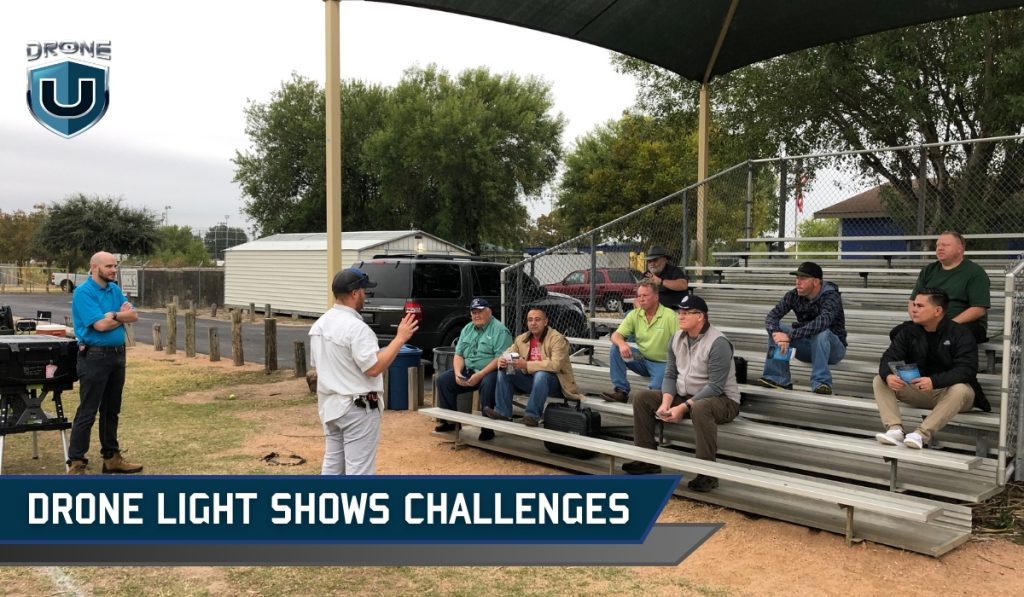
Imagine hundreds of drones forming mesmerizing patterns in the night sky. Then suddenly, one drone malfunctions mid-performance, breaks formation and crashes into the audience.
Sounds like a nightmare, right?
Unfortunately, that’s exactly what happened at a holiday event in Orlando, Florida in December 2024.
A seven-year-old boy was severely injured after being struck by a falling drone. The incident sparked concerns about drone synchronization, safety, and risk management in large-scale aerial performances.
So, what are the common challenges in drone light shows, and how can they be addressed to prevent incidents like this?
Let’s break it down.
1. Communication Latency and Signal Interference
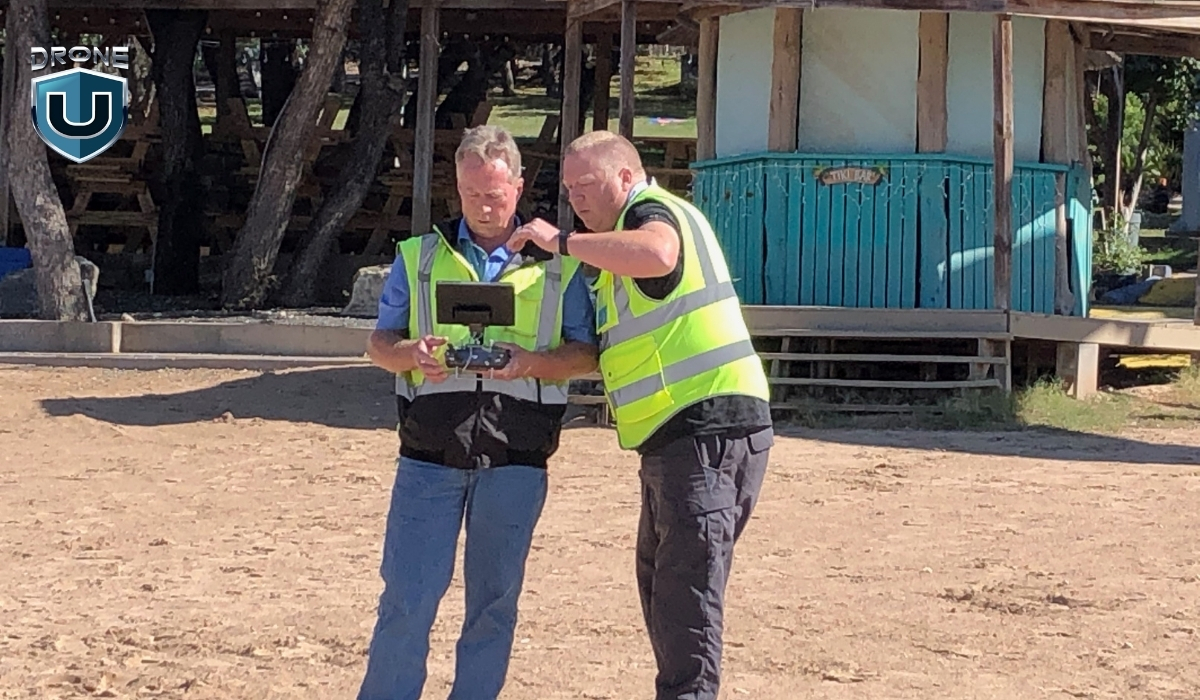
Communication latency and signal interference is one of the most common challenges in drone light shows.
In a drone light show, continuous communication between drones and the ground control system is essential for precise synchronization. However, issues such as signal delays, interference, and transmission failures can cause serious disruptions.
Here are the issues that occur due to communication latency and signal interference:
- Signal Latency: A delay in sending or receiving commands can cause drones to drift out of formation.
- Radio Frequency Interference (RFI): Crowded frequency bands can lead to communication failures, especially in urban areas.
- Data Packet Loss: Loss of transmitted data may cause drones to miss commands, leading to inconsistent movement.
Mitigation Strategies
- Use multiple communication channels/frequencies (e.g., 2.4 GHz, 5.8 GHz) to prevent interference.
- Implement Frequency Hopping Spread Spectrum (FHSS) to dynamically switch frequencies and avoid signal congestion.
- Test signal strength and latency at the venue before the show to identify potential weak spots.
- Use real-time RF monitoring tools to detect sudden interference and automatically switch frequencies when needed.
2. GPS Reliability Issues
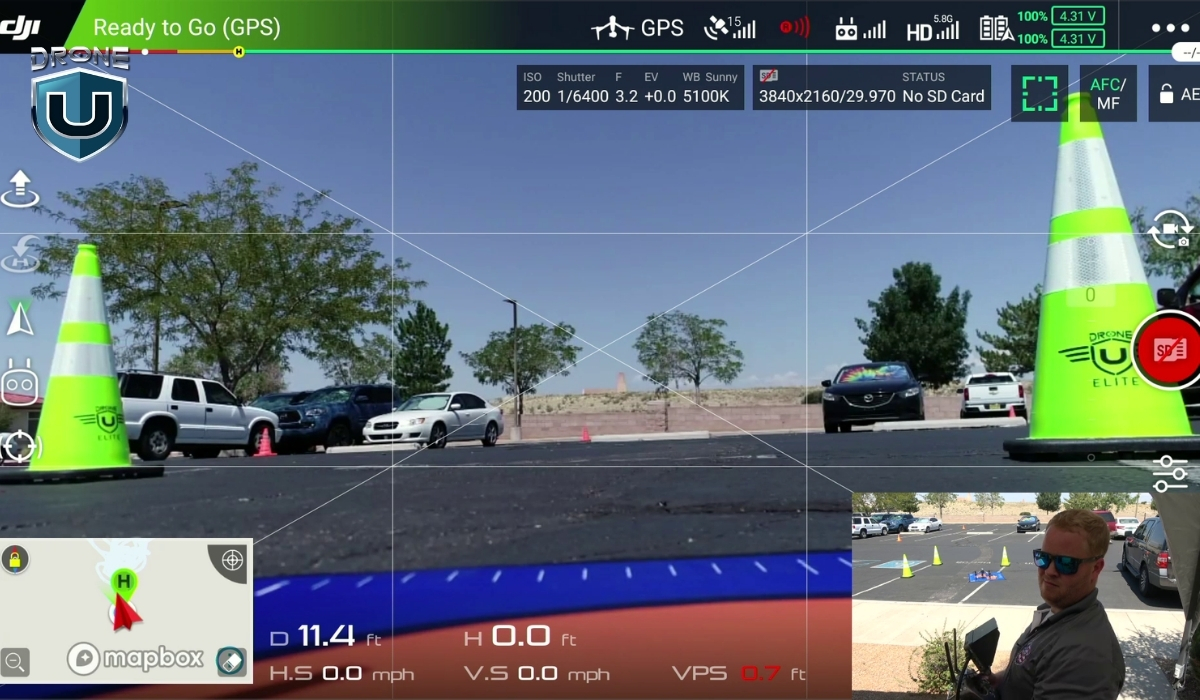
GPS is essential for keeping drones in perfect formation during a light show. It provides precise location data, allowing drones to navigate, and perform intricate movements. However, GPS isn’t foolproof; any disruption can cause drones to drift out of sync, break formation, or even collide mid-air.
Reasons for GPS failure include:
- Urban environments: Skyscrapers and tall buildings block satellite signals.
- Magnetic interference: High-power electronic equipment disrupts GPS accuracy.
- Solar storms: Electromagnetic radiation from solar storms can affect GPS signals.
- Multipath Effects: Signals bouncing off surfaces (e.g., buildings or water) may confuse GPS receivers and cause drones to deviate from their planned paths.
Mitigation Strategies
- Use Real-Time Kinematic (RTK) GPS for centimeter-level accuracy.
- Implement LiDAR or optical flow sensors for non-GPS navigation.
- Survey the venue beforehand to identify potential GPS blind spots and interference sources.
- Equip drones with dual-GPS receivers to increase signal redundancy.
3. Software Integration and Choreography Execution
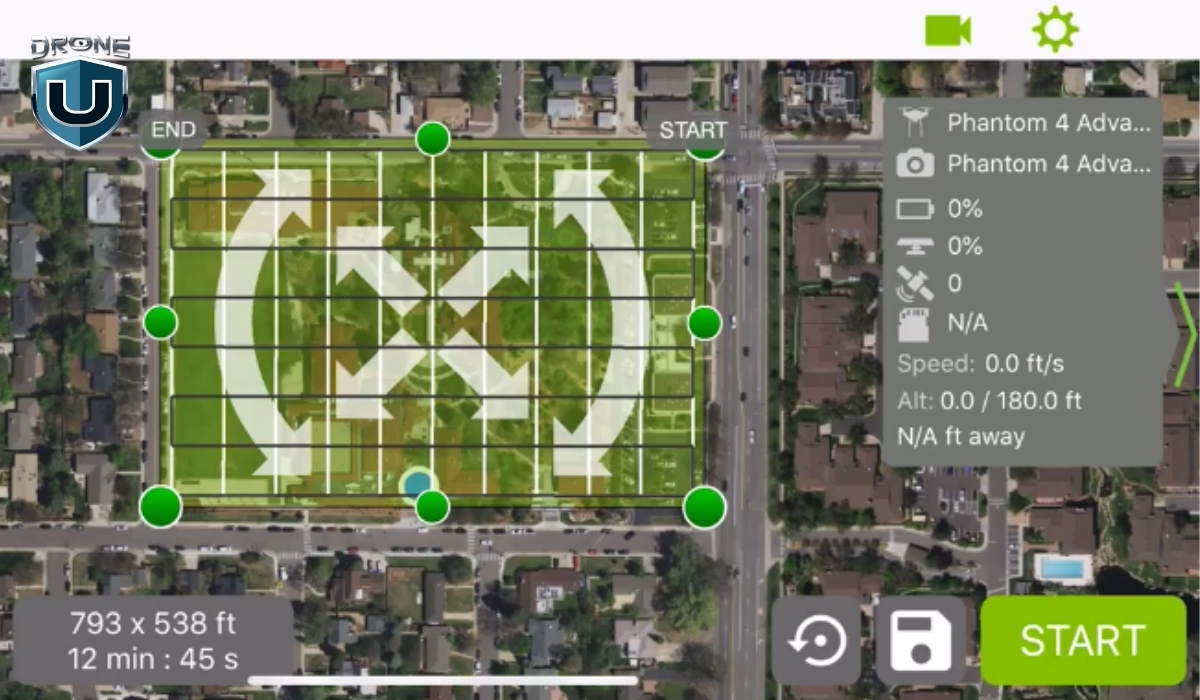
Coordinating hundreds or thousands of drones requires specialized software to create, simulate, and execute complex aerial movements. However, mismatched firmware, outdated systems, or software bugs can lead to:
- Incorrect timing of drone formations.
- Failure to execute planned animations.
- Sync issues between drones using different operating systems.
Mitigation Strategies
- Keep all drones updated with the latest firmware.
- Run extensive simulations to detect and correct timing inconsistencies.
- Use cloud-based control systems for real-time adjustments.
- Incorporate backup systems or fallback software to take over in case of a primary system failure during the show.
4. Weather and Environmental Challenges
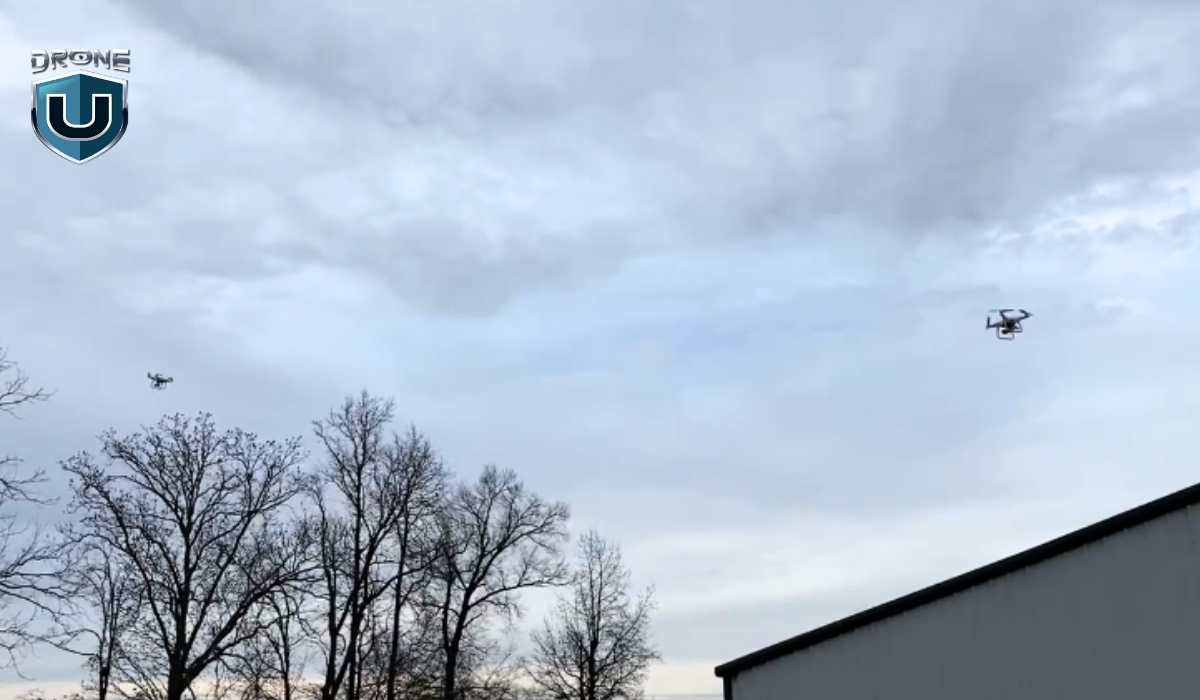
Weather and environmental conditions play a major role in the challenges in drone light shows. Bad weather can have a significant impact on the performance and coordination of drones.
Environmental factors such as wind, rain, and electromagnetic interference significantly affect drone stability and synchronization.
Some common environmental factors include:
| Environmental Factor | Impact on Drone Show | Solution |
| Strong Winds | Drones drift, breaking formation | Use wind-resistant drones & adjust flight speed |
| Rain & Humidity | Water damage & short circuits | Use waterproof coatings & weather monitoring |
| Magnetic Interference | GPS errors & erratic behavior | Test venue for electromagnetic interference |
Mitigation Strategies
- Check weather forecasts and have a backup plan.
- Use wind-resistant drones with advanced stabilization.
- Conduct wind and pressure tests before the show.
- Apply waterproof coatings to drones and use moisture-sealed components to protect against rain and humidity.
5. Safety Protocols and Risk Management
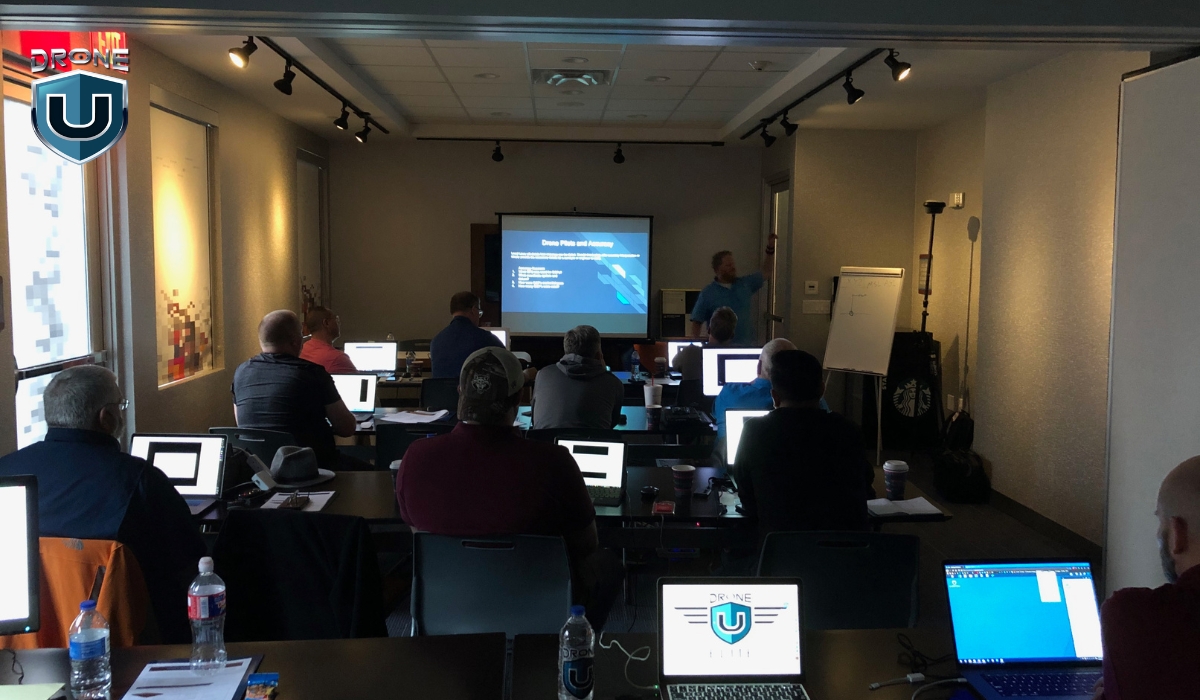
A poorly executed drone show can lead to injuries, lawsuits, and reputational damage. The Orlando drone show accident is a stark reminder of the importance of rigorous safety protocols.
Key risk factors include:
- Flying drones too close to the audience.
- Battery failures mid-flight
- Mid-air collisions between drones.
Mitigation Strategies
- Clearly define and enforce designated no-fly zones around the audience
- Perform thorough pre-show checks and flight tests to identify any potential issues with battery life, drone stability, and synchronization.
- Implement manual override systems to take control in case of system failure.
- Ensure all crew members are fully trained in emergency procedures
- Consider using safety nets or physical barriers to protect the audience from any accidental drone falls
6. Legal and Regulatory Compliance

Each country has strict drone regulations for safety and airspace management. Operating without the necessary permits can lead to hefty fines or show cancellations and serious legal liabilities.
Navigating these legal frameworks is crucial for every drone operator to maintain both safety and compliance.
Key legal and regulatory challenges include:
- Permits for Nighttime Operations: In the U.S., operating drones at night requires special waivers or permits.
- Airspace Restrictions: You must be aware of controlled airspaces, no-fly zones, and restricted areas where drone flights are prohibited.
- Drone Registration and Licensing: All drones used in a light show must be properly registered with the appropriate aviation authority.
Mitigation Strategies
- Obtain FAA waivers for nighttime drone operations in the U.S.
- Ensure all drones are registered and pilots are licensed.
- Adhere to altitude restrictions and airspace laws.
- Always have necessary documentation on hand, including waivers, registrations, and insurance certificates.
7. Future Innovations in Drone Synchronization

The future of drone light shows is on the verge of a technological revolution. With advancements in AI, machine learning, and 5G connectivity, these light shows are becoming more precise, efficient, and immersive.
One key innovation is the use of AI algorithms to optimize flight paths in real-time. It ensures smoother and more accurate performances.
Additionally, machine learning models can predict system failures or malfunctions by analyzing historical performance data and the current status of drones. This proactive approach allows operators to address potential issues before they occur, improving safety and preventing disruptions during the show.
Moreover, 5G technology promises to transform drone light shows further. With ultra-fast communication, 5G enables drones to share data and synchronize their movements with near-zero latency. This ensures flawless coordination, even across large fleets of drones.
Mitigation Strategies
- Simulate Different Flight Conditions: Test the AI system’s ability to handle a variety of challenges during the performance.
- Update Systems Continuously: To maximize the effectiveness of machine learning, keep systems updated with real-time data throughout the show.
- Backup Communication Solutions: While 5G offers fast communication, it’s important to have alternatives (like Wi-Fi or LTE) in case of network disruptions.
- Drone Operator Training: Ensure operators are well-versed in working with AI-powered flight systems, including troubleshooting and manual intervention when needed.
- System Software Updates: Regularly update AI, machine learning, and 5G software to ensure optimal performance, bug fixes, and security enhancements.
Conclusion
Drone light shows are a beautiful fusion of advanced technology and creative artistry.,
At the same time, achieving a flawless performance requires more than just planning.
It demands careful testing, attention to detail, and strong safety measures.
As a drone pilot, your job is to anticipate challenges and implement risk mitigation strategies to ensure smooth synchronization in drone light shows.
The future holds even more breathtaking, safe, and flawless shows.
You can be at the forefront of this exciting evolution with your expertise.







Add Your Comment